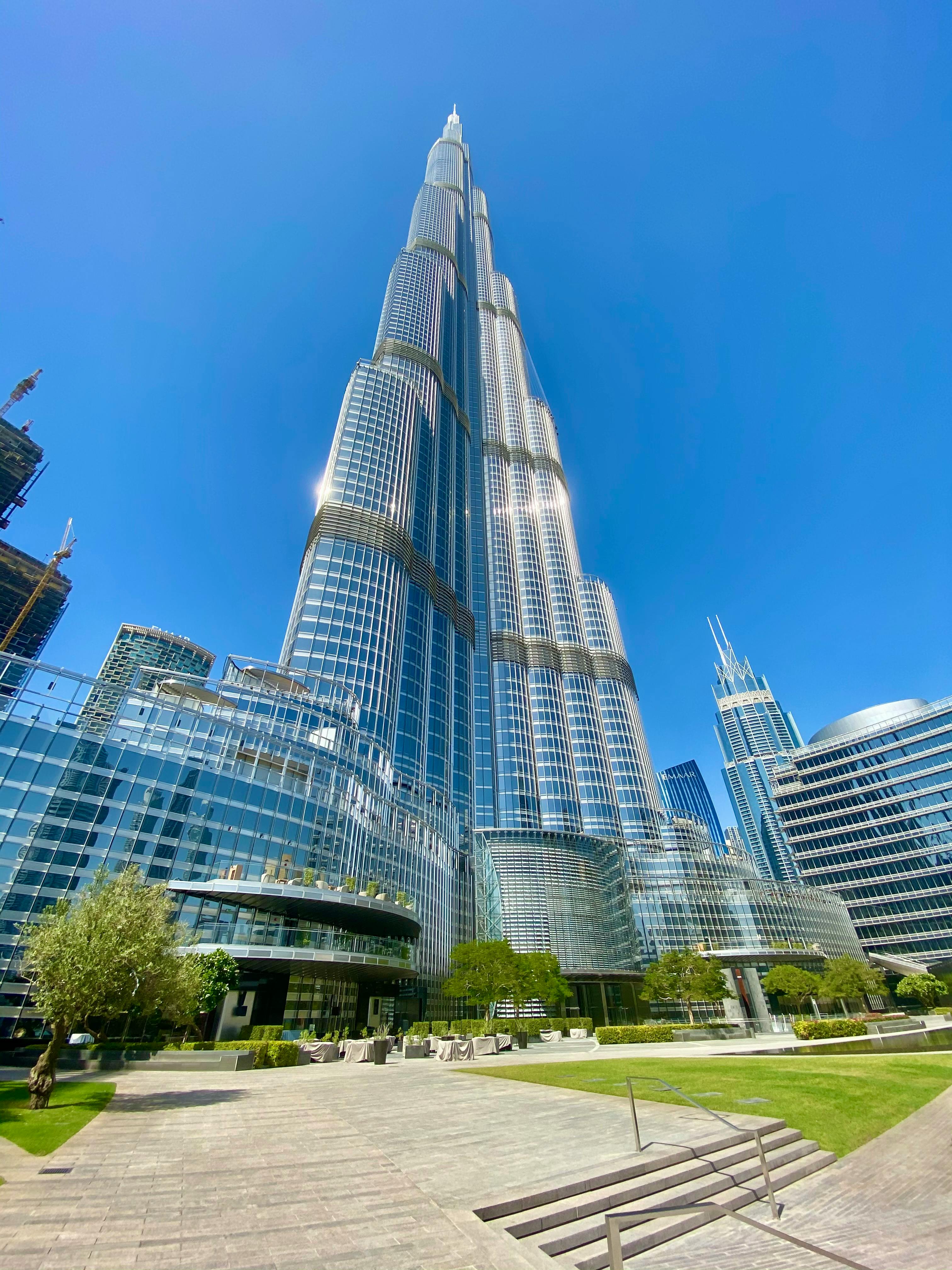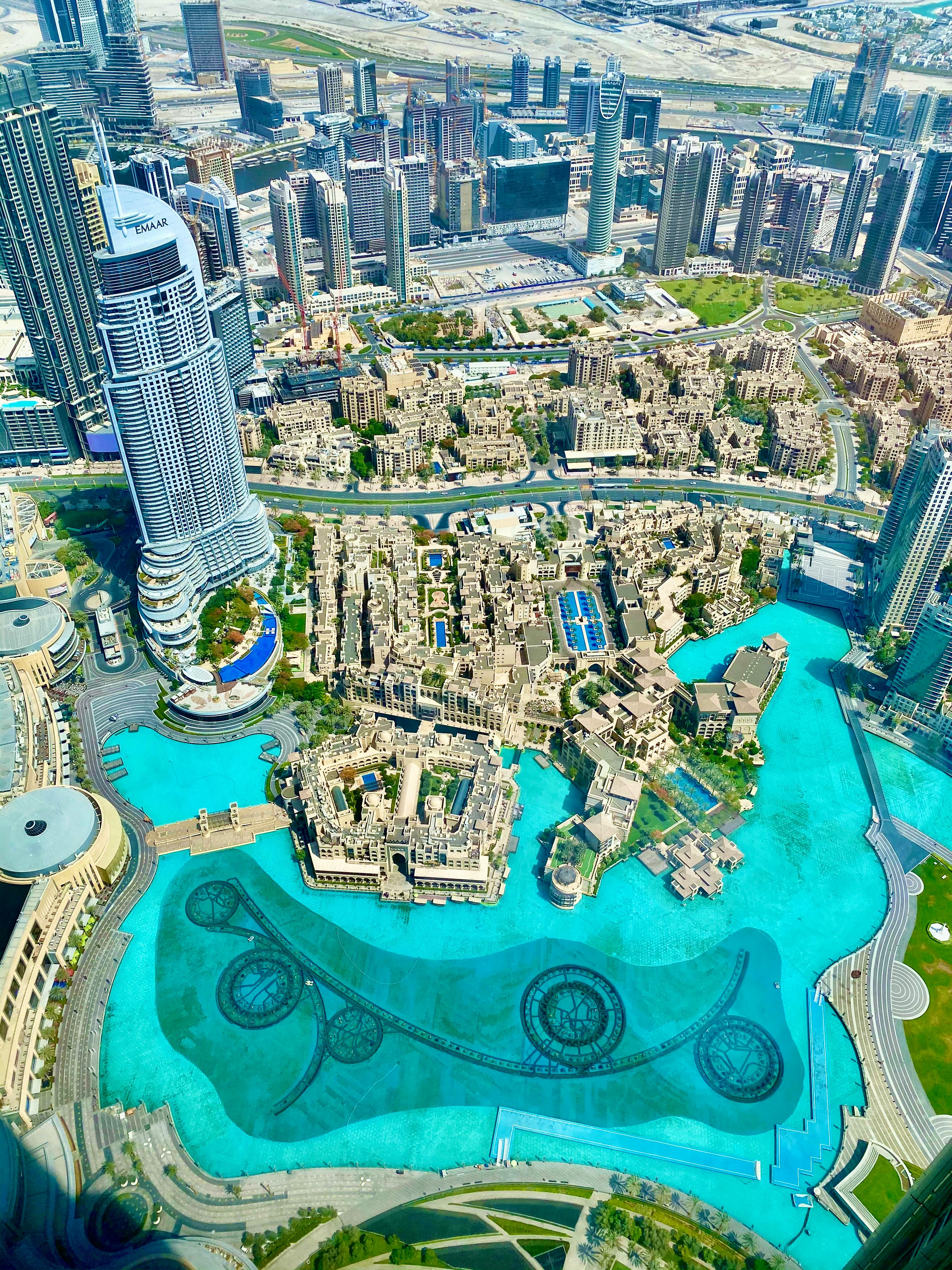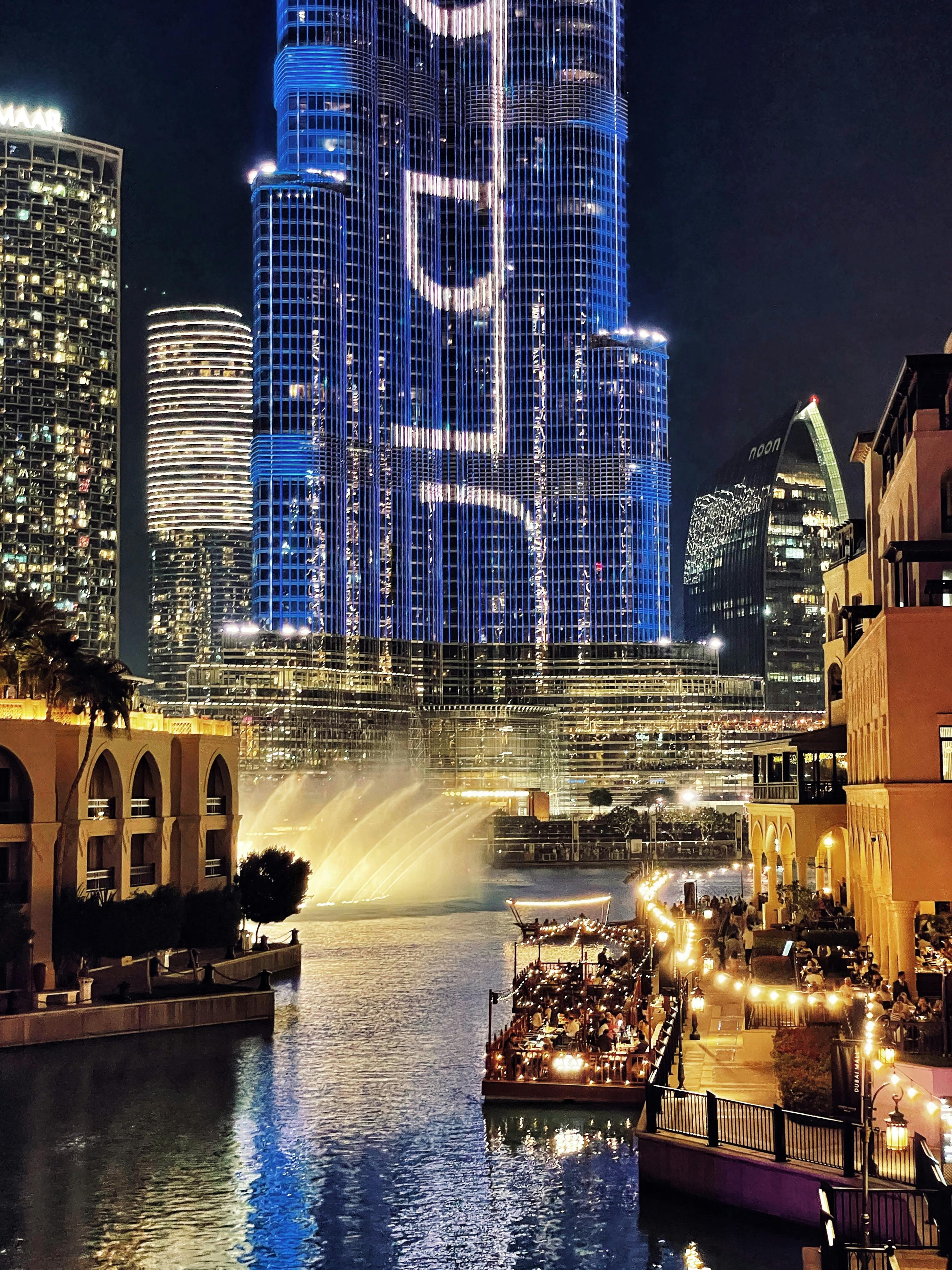Burj Khalifa is not only a symbol of Dubai but also a study that pushes the boundaries of contemporary architecture and engineering. At a height of 828 meters (2,716.5 feet), the world's tallest building, Burj Khalifa, stands out not only for its physical dimensions but also for its innovative design, sustainability solutions, and excellent engineering touches. This work is more than just a structure for a city; it has become a symbol representing Dubai's modernization process, economic growth, and global prestige.

Structural Design and Architectural Features
The architectural design of Burj Khalifa is an extraordinary achievement by Skidmore, Owings & Merrill. This colossal structure, soaring into the sky, is designed in a unique form inspired by floral motifs. This form, aiming to minimize the wind's impact on the structure, provides a significant innovation in terms of structural engineering. The design, reminiscent of the three-lobed structure of the Hymenocallis flower, improves the building's aerodynamic properties, allowing it to remain stable even in the hot desert climate. Such innovations have transformed Burj Khalifa into not only an aesthetically pleasing but also a functionally successful architectural achievement.
However, the construction of a tall building also entails a structurally challenging process. Burj Khalifa was built with high-performance concrete specially designed to withstand Dubai's hot and windy climate. Additionally, the buttressed core system used in the building's interior enhances the structure's safety by counteracting wind and seismic loads. The structure is supported by a special pile system extending 192 meters deep into its foundation, offering world-class engineering solutions to ensure structural integrity.
Exterior facade, Pexels
Elevators and Visitor Experience
Burj Khalifa stands out not only for its height but also for its elevators. The elevator system, which has broken world speed records, can accelerate up to 10 meters per second. Here, triple-decker elevators are used, ensuring very rapid transit between floors. Furthermore, double-decker elevators, implemented for the first time in building design, offer a major innovation, each with a carrying capacity of 12 to 14 passengers. These elevators transport users on a 504-meter journey to the world's highest elevator stop at 638 meters, showcasing Burj Khalifa's innovative engineering and technological features.
Energy Efficiency and Sustainability
The construction of Burj Khalifa is based on the principle of sustainability. Condensation from the building's cooling system is reused in an environmentally friendly manner, saving 15 million gallons of water. Furthermore, the building's exterior is clad in aluminum and stainless steel, and reflective glazing enhances thermal efficiency. These glazings reduce the heating effects of sunlight, minimizing air conditioning requirements in Dubai's extremely hot climate.
Observation Decks and Panoramic Views
Burj Khalifa is not just a structure but also a vantage point. It hosts the world's highest observation decks, offering visitors panoramic views. The 'At the Top' observation deck on the 124th floor offers views of the city and the surrounding desert landscapes, while 'At the Top SKY' on the 148th floor provides an experience at a height of 555 meters. These observation decks, using high-strength glass and telescopes, offer visitors a flawless viewing angle.

Light Shows
Burj Khalifa is also renowned for its light shows that illuminate the night. The building's LED facade regularly hosts various light shows to celebrate local and international events. The exterior of the building uses millions of LED lights to create intricate patterns and animations. Additionally, the artworks in Burj Khalifa include over 1,000 pieces designed by Middle Eastern and international artists. This art collection emphasizes Dubai's cultural growth and its contribution to the international art world.
Complex Climate Control System and Sustainable Living
Burj Khalifa is equipped with a sophisticated system that optimizes climate control to provide a comfortable indoor environment. This system aims to create a comfortable living space on every floor of the building by balancing temperature differences. Furthermore, automated systems that can dynamically track sunlight work to control indoor heat and save energy.
Global Collaboration and Architectural Achievement
The construction of Burj Khalifa is the product of global collaboration, a result of meticulous work carried out by engineers, architects, and workers from all over the world. In this project, to which more than 12,000 workers contributed, each stage required significant international cooperation. This global effort demonstrates what can be achieved in modern engineering and architecture.
Chronological History
- 2004-2005: Foundation construction and deep piles.
- 2005-2008: Structural construction, 'Y' design, and use of high-performance concrete.
- January 2007: 100th floor completed.
- March 2007: Surpassed Taipei 101 to become the tallest building.
- May 2008: Exterior cladding began.
- June 2008: Structural completion.
- September 2009: Exterior cladding finished.
- January 4, 2010: Official opening.

Burj Khalifa's Surrounding Ecosystem
- Sky Views Dubai: An observation platform on the upper floors of Burj Khalifa, offering a different perspective of the city with a glass slide.
- Dubai Opera: The center for cultural events and performances, notable for its extraordinary architecture.
- The Dubai Mall: The world's largest shopping mall, offering shopping, entertainment, and dining options.
- Dubai Fountain: The world's largest dancing fountain, where you can watch water dance to music.



